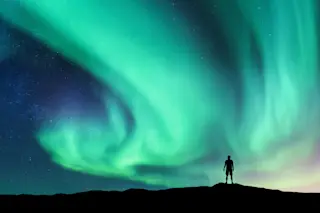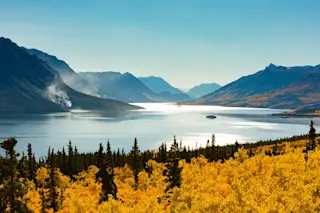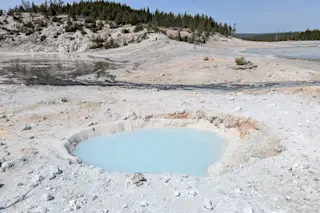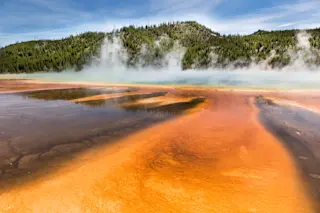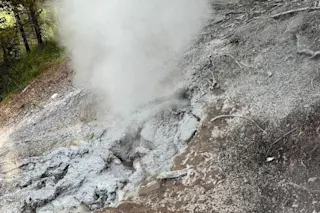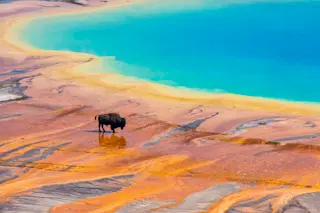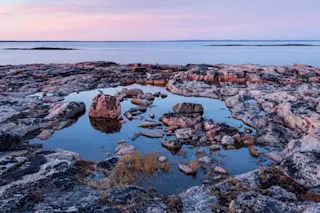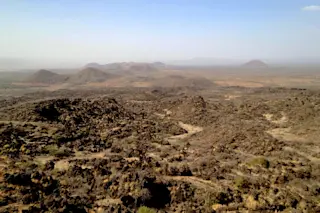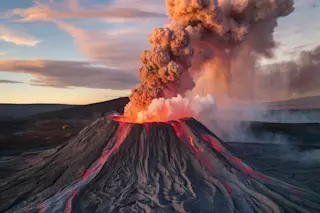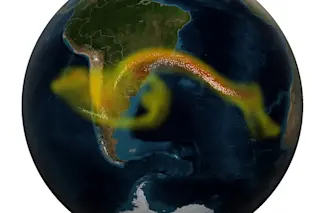Throughout history, humans have gazed in awe at the astronomical wonder that is the aurora borealis. We’ve wondered what it is and told stories about the lights that shimmered above.
The Finnish name for the the northern lights is revontulet, meaning “fox fires.” Legend says that foxes made of fire lived in Lapland and their frisky tails whirled sparks into the sky. In Estonia, the name is virmalised, meaning spirit beings of higher realms. The Inuits of northern Greenland believed spirits were playing games, throwing a walrus skull across the sky. And now, scientists discovered the oldest known written record of the aurora, predating a previous finding by some three centuries. Researchers Marinus Anthony van der Sluijs, an independent researcher, and Hisashi Hayakawa from Nagoya University, found documentation in Chinese history, and published the findings in the journal Advances in Space Research.
When solar wind, a stream of charged particles ...


